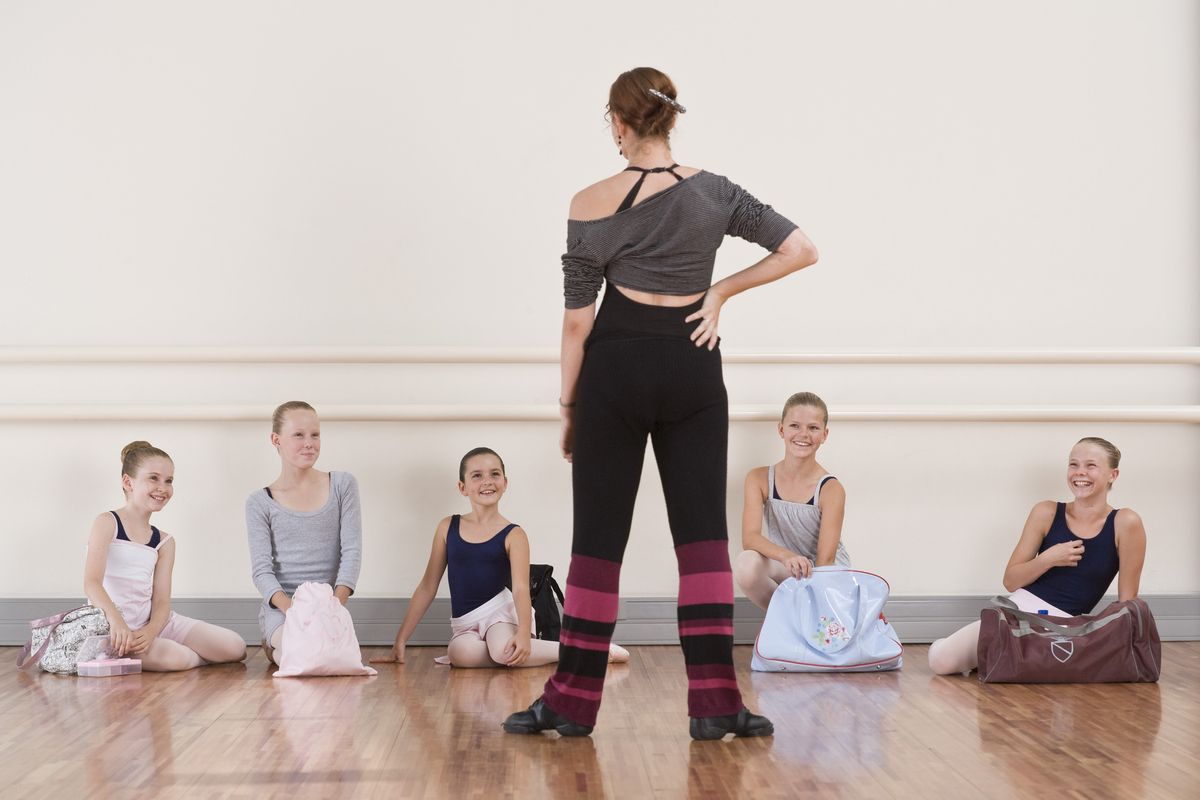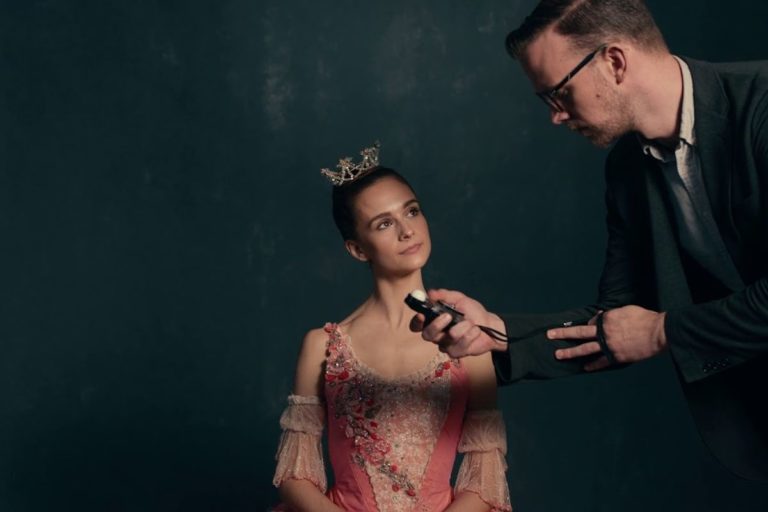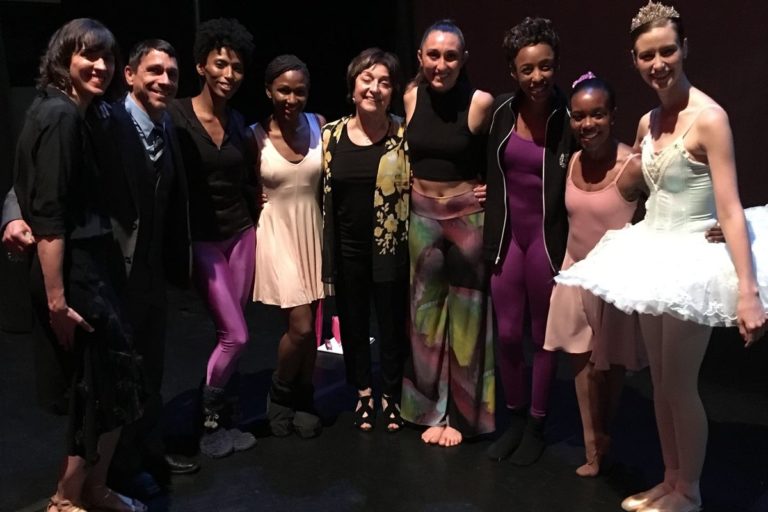
Long after your students leave your studio and go on to dance elsewhere, you will continue to have an influence on them. Though I no longer aspire to dance professionally, I still hold my former dance teachers in high regard. I carry their words of wisdom with me, feel the joy they brought to their dance classes and continue to abide by offhanded comments they made like, “Don’t eat turkey before class; the tryptophan will make you sleepy.”
Because you have such a long-lasting effect on your dancers, it is your duty to help your students better understand and build healthy habits to care for their bodies.
Two particular examples come to mind.
If you see something, say something.
A few years ago, I stopped dancing due to a low-back injury. Since I’ve stopped my endeavor to become a professional dancer, I’ve had a few memorable discussions with former dance teachers about my injury. I tell them that I’ve had to stop dancing because of a dance-related low-back injury that required surgery. Most respond with sympathy, but I’ve also heard comments like, “Oh yes, I remember your core was quite weak when you were my student,” or “I remember that you had so much movement in your low back, but no movement through your hips or rib cage.”
To me, these conversations are devastating.
Why? Because had I known, perhaps I could have taken control of my body, trained it to better withstand the demands of dancing, improved my technique and possibly staved off such a severe, chronic injury.
As a young dancer, I did not have a clue about what my body needed to succeed, nor did I have the vocabulary to access this knowledge. I could have benefited greatly from teachers pointing out my imbalances or weaknesses. As we watch our students aspire to become better dancers and ask them to perform more complicated, extreme moves, we need to make an effort to help our students be as strong and as balanced as they can possibly be.
Educating your dancers about their body’s capabilities could make quite an impact on the future of their dance careers. Your insight could help them reach their next technical milestone or keep them from suffering the consequences of their weaknesses. That being said, if you do not know how to safely help your dancers in the realm of strength training/cross-training or injury prevention, find a professional who can help your dancers or education yourself. Which brings me to my next point.
If you are not sure, refer to an expert.
Without an understanding of some basic body knowledge, you could be hurting your dancers more than you are actually helping them.
Last week, I came across a video post on a Facebook page for dance teachers that caught my eye. The teacher who posted the video was responding to a previous message asking him the secret to his dancers’ beautiful arabesques. He responded with a video demonstrating a key exercise he uses to promote more extension.
In this video, a young, skeletally immature dancer was resting with the bony parts of her hips (her ASIS) and her legs on the floor, while her torso was pushed flat against a wall. She was so close to the wall that the lower half of her lumbar spine—or her lower back—made a 90-degree angle. From there, the teacher instructed the dancer to engage her gluteals and hamstrings and extend one leg at a time into an arabesque. Instead of moving from her hips, the dancer achieved an arabesque by wrenching her back into a more acute angle.
There were 60-plus comments on the post thanking this teacher for his wisdom. When I saw this post, I didn’t see wisdom, but instead I saw danger and injurious, irresponsible behavior. This dancer was positioned in such a way that all of her movement came from a segment or two in her back. The back is not supposed to move in such a severe manner. An arabesque is a summation of multiple joints moving simultaneously into extension to create a line. Forcing these lumbar segments into such a position could cause irrevocable damage.
As a dance teacher, it is your duty to provide your students with effective yet safe exercises to help them improve their dancing. If you feel that your knowledge of anatomy or kinesiology is lacking, arrange a class or two with a healthcare professional, attend a dance conference like NDEO or IADMS or bring a trainer, athletic coach or physical therapist to work with your dancers. Without fundamental knowledge of how the body is supposed to move, your application of exercise could do more harm than good.



